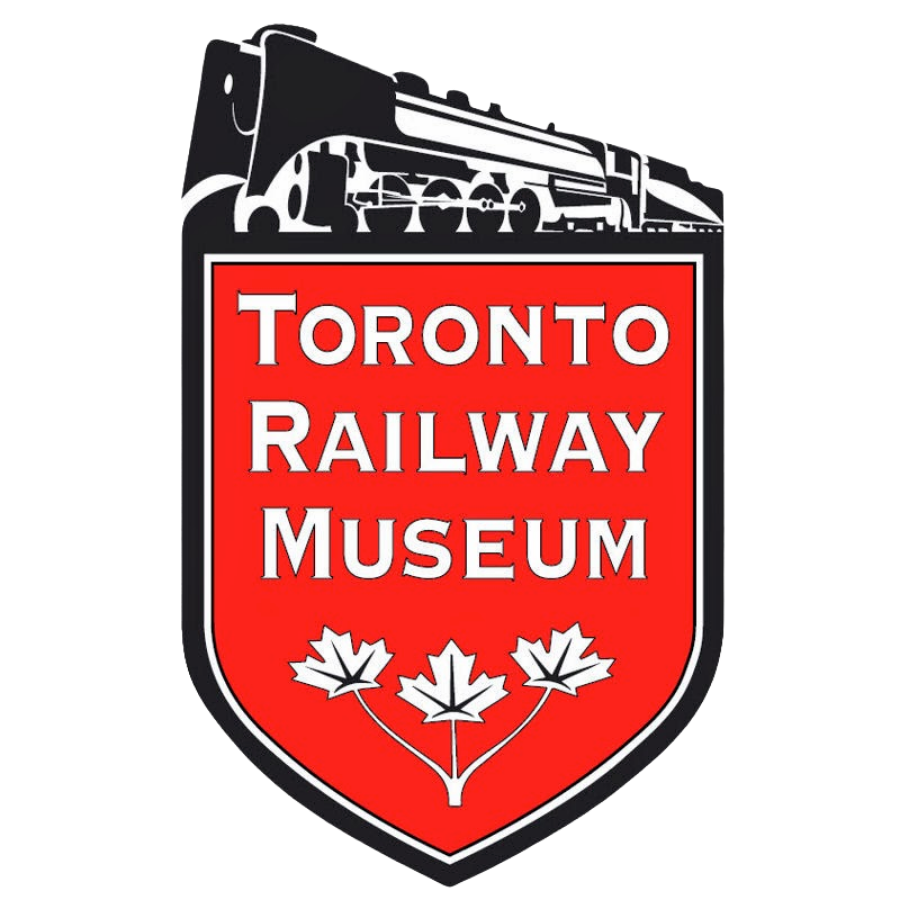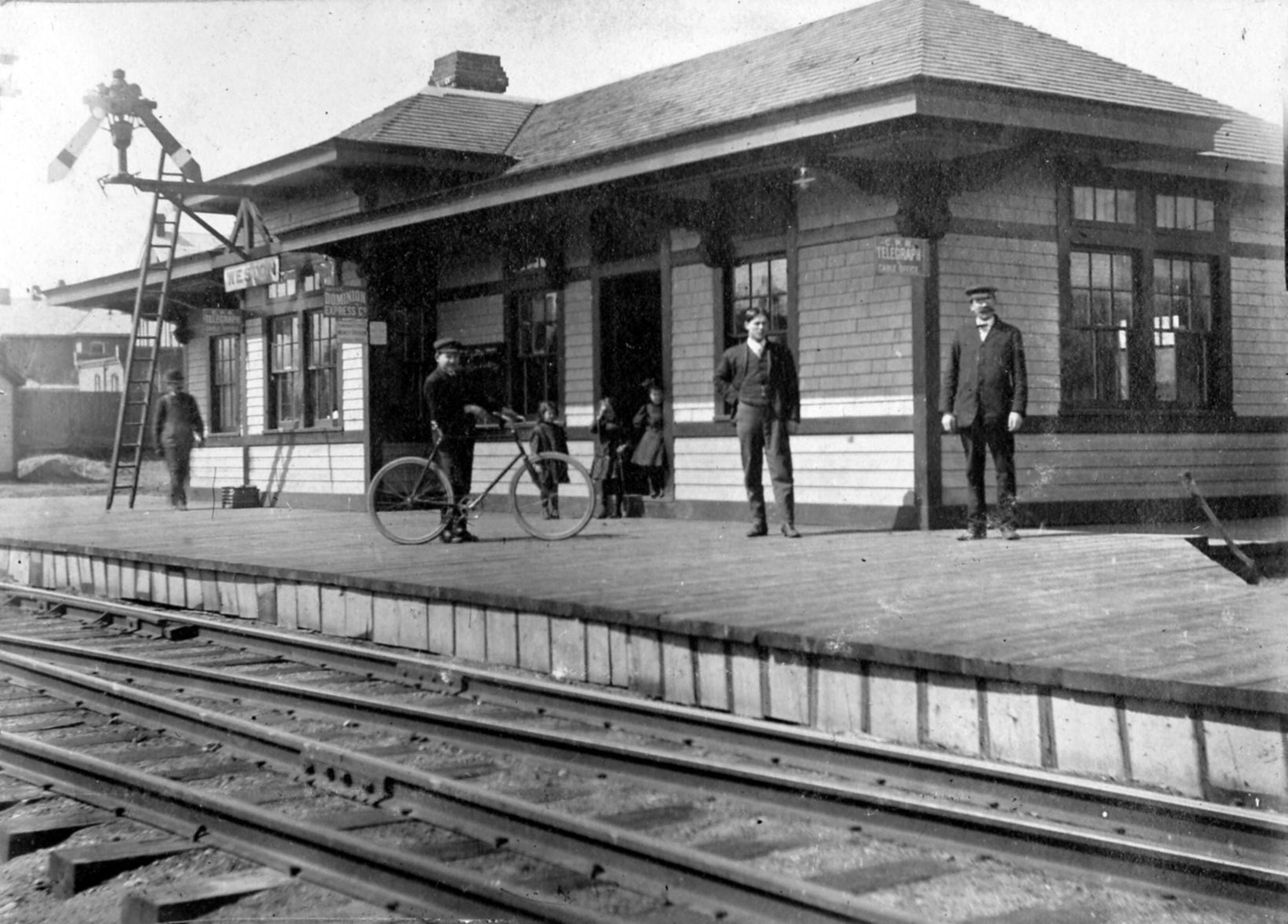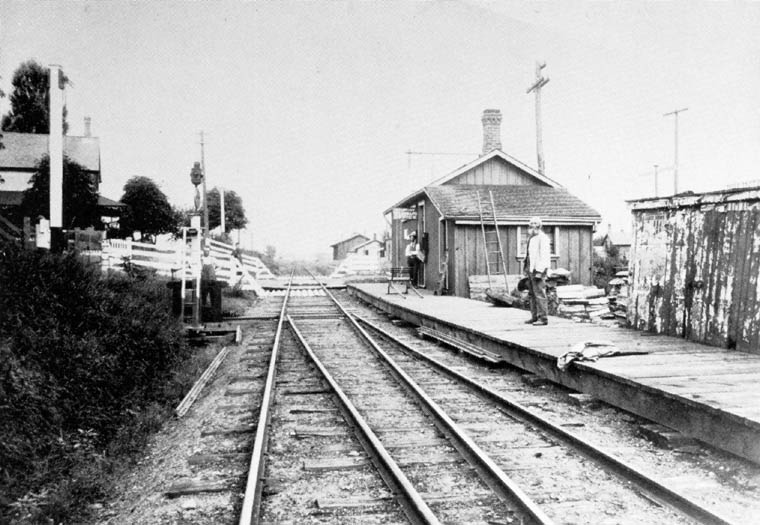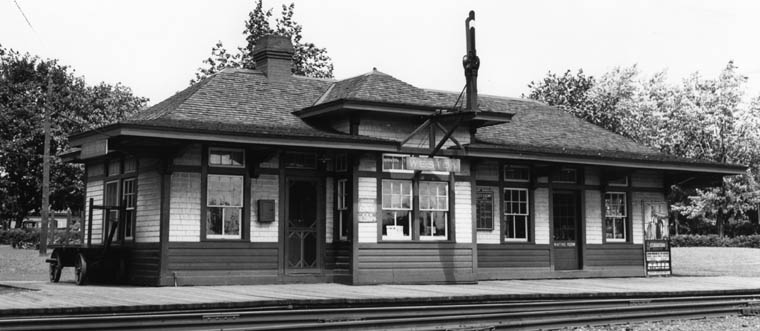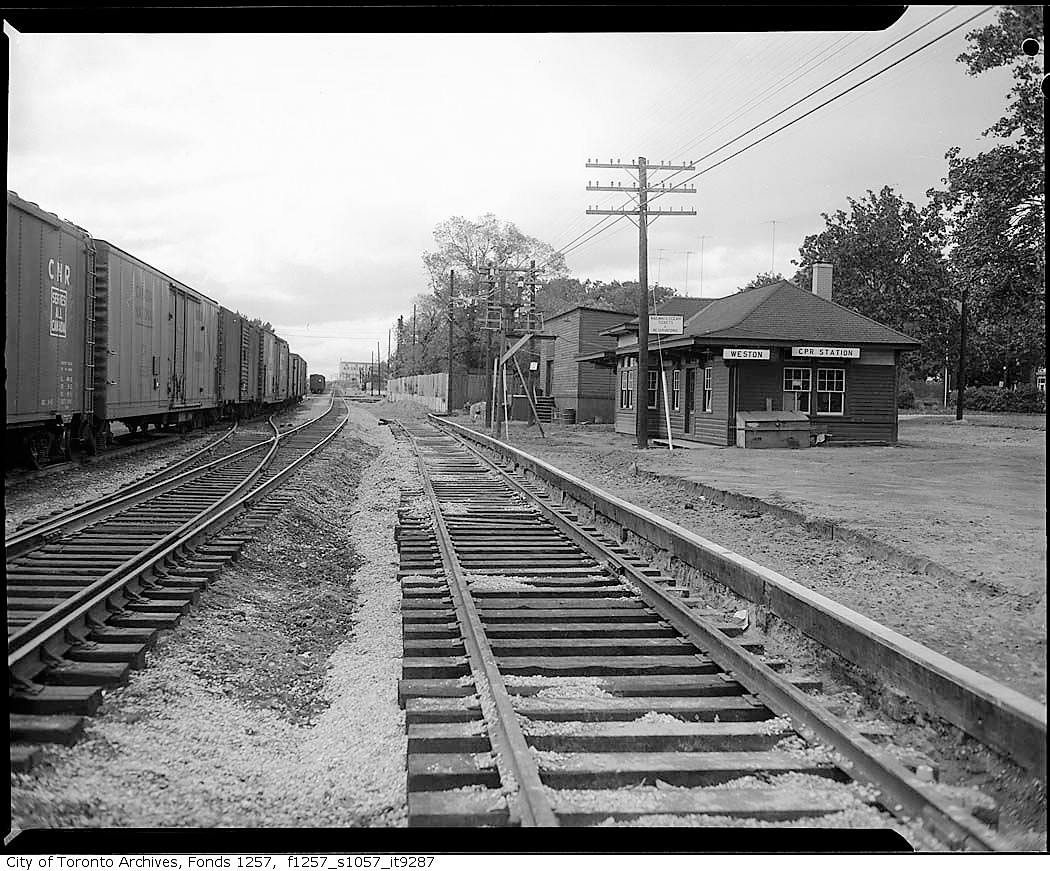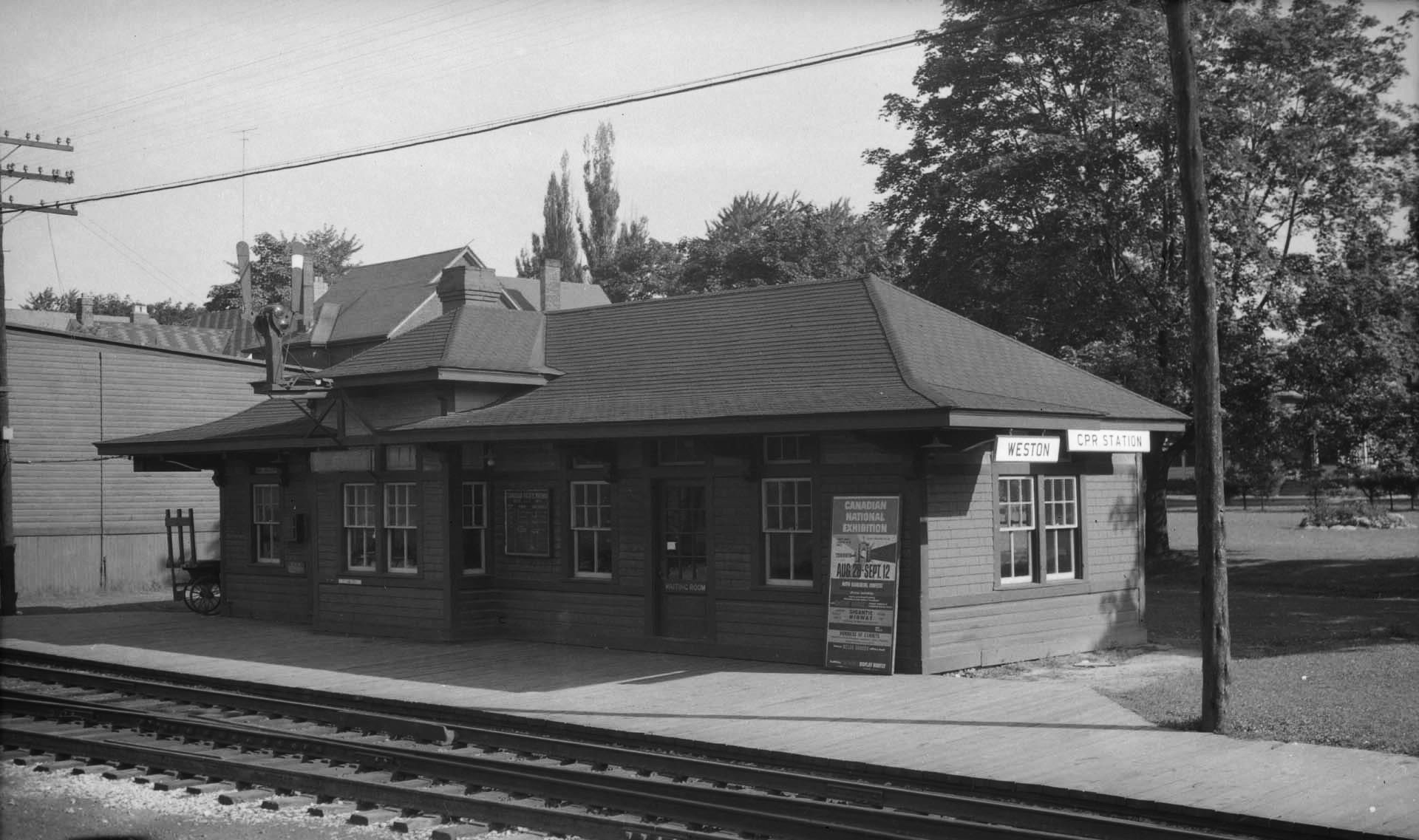Summary
The narrow-gauge Toronto, Grey & Bruce Railway built their Weston Station in 1871 while the railway was under construction between Toronto and Owen Sound. The broad-gauge Grand Trunk Railway had already built its mainline through Weston in 1855, and the TG&B reached this point by laying a third rail inside the existing Grand Trunk line from Toronto to Weston. The shared trackage included the existing Grand Trunk passenger station in Weston, and it’s likely that the two railways shared it. The first revenue Toronto, Grey & Bruce passenger train went through Weston on September 18th, 1871, though it wouldn’t officially open until November 4th of the same year. The arrangement between the TG&B and the Grand Trunk only lasted four years when traffic from the two railways became too much to handle on the same line. The Toronto, Grey & Bruce ended up building their own right-of-way within about 25 metres from the Grand Trunk in 1875, running parallel along its east side. This is most likely when the TG&B built its own Weston Station.
The TG&B station at Weston was compact and simplistic even by the TG&B’s standards, and significantly deviated from the designs they had used elsewhere when the railway was under construction. It was located on the north side of John Street, which was significantly closer to Weston than the original Grand Trunk station a kilometer to the northwest. Over the next several years the Grand Trunk would attempt to gain control of the Toronto, Grey & Bruce, including by funding their conversion to standard gauge in 1881. They would ultimately fail in these efforts and the Toronto, Grey & Bruce would become under the control of the Canadian Pacific Railway through their proxy, the Ontario & Quebec Railway, in 1883. The Grand Trunk would build a new station in Weston on the opposite side of John Street in 1884 as a means to better compete with the one that previously belonged to the Toronto, Grey & Bruce.
Train traffic would generally increase on the former Toronto, Grey & Bruce line through Weston under Canadian Pacific during the late 1800’s. However, the greatest increase would be felt after a rail connection was made between Canadian Pacific’s transcontinental line in Sudbury and the former Toronto, Grey & Bruce line in Bolton in 1908. Canadian Pacific replaced the station in Weston around the same time using one of their standard architectural designs. The new station, while not notably large, was still a fair amount bigger than its predecessor. It would have contained a waiting room and a baggage room, bisected by the station agent’s office inside a square bay window for visibility in both directions.
The popularization of automobiles over the next several decades would contribute to a significant decline in passenger ridership, which was further intensified by the construction of Highway 400 through Weston in 1952. The highway was built just 1.1 kilometers north of the station, and would ultimately run parallel to the railway for most of its length and serve many of the same communities. Weston Station closed to passengers in 1957, but it would remain actively used by Canadian Pacific for almost two more decades. Train Order Operation was still the dominant form of railway communication in Canada, and the station would be used solely as an order office until modern Centralized Traffic Control (CTC) was introduced over this stretch of track. The station agent would give train crews written instructions or “orders” with relevant information for their trip. After CTC was implemented, the station agent was replaced with two-way radios and a rail traffic controller who could communicate to train crews directly. Providing no use for the railway at this point, Weston Station was torn down in 1973.
Condensed Station Info:
| Location: | Served By: | Current State: | Date Built: | Date Demolished: |
| John Street west of Rosemount Avenue | Toronto, Grey & Bruce (1875 – 1883) Canadian Pacific (1883 – 1957) | Demolished (Both) | 1875 (First) 1908 (Second) | 1908 (First) 1973 (Second) |

